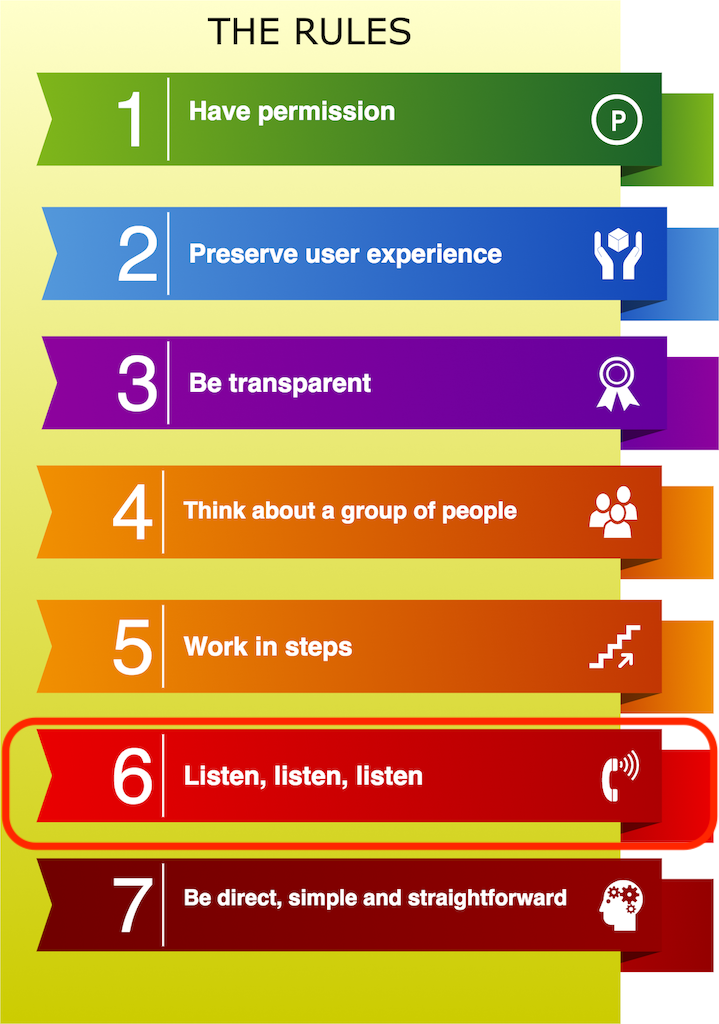This is the part 7/8 of the article Digital marketing and consumer rules
Always have in mind that the Internet is a bidirectional and interactive communication. People have still missed expressing themselves in the media, be it by TV, press or radio. These media have always meant some sort of interaction, but generally, with a volume and highlight much inferior to the one given to an article or to advertising. Like that, the consumer could send a letter to the newspaper or call the radio, but his opinion would stay in a corner like �reader’s words’ or something similar.
That’s different from the Internet. With blogs, forums and social networks, people are media and the news in their groups, and they want to maintain that feeling when they are talking to you. They might even not use it, but the sense of seeing the commentaries and information flowing is delightful.
Another critical factor is that they can help you correct paths. If you have a lousy advert on TV, the channel and your client won’t complain. After all, the client has approved it and probably thinks the advert is good. But with the Internet, the consumer can tell you that. They don’t need to say that to everyone, but they can talk about it openly to you and feel like they were heard.
I have a blog about digital marketing, and I get emails and comments from readers on a daily basis. In these comments, I can feel how the blog is going and what the readers want to see in the next posts. Besides that, I get questions and personal requests: readers that wish tips about their career development in marketing or about strategies to grow their businesses.
When I reply, sometimes I ask permission to post the answer in the blog, it is impressive how responses to readers open to the public to generate a result. They feel happy and welcome, and keep reading and asking like they are talking to a close friend. This creates a faithful audience to the blog.
Always create ways to hear online consumers and give importance to what everyone writes or comments.
Read the last part of the article Digital marketing and consumer rules

